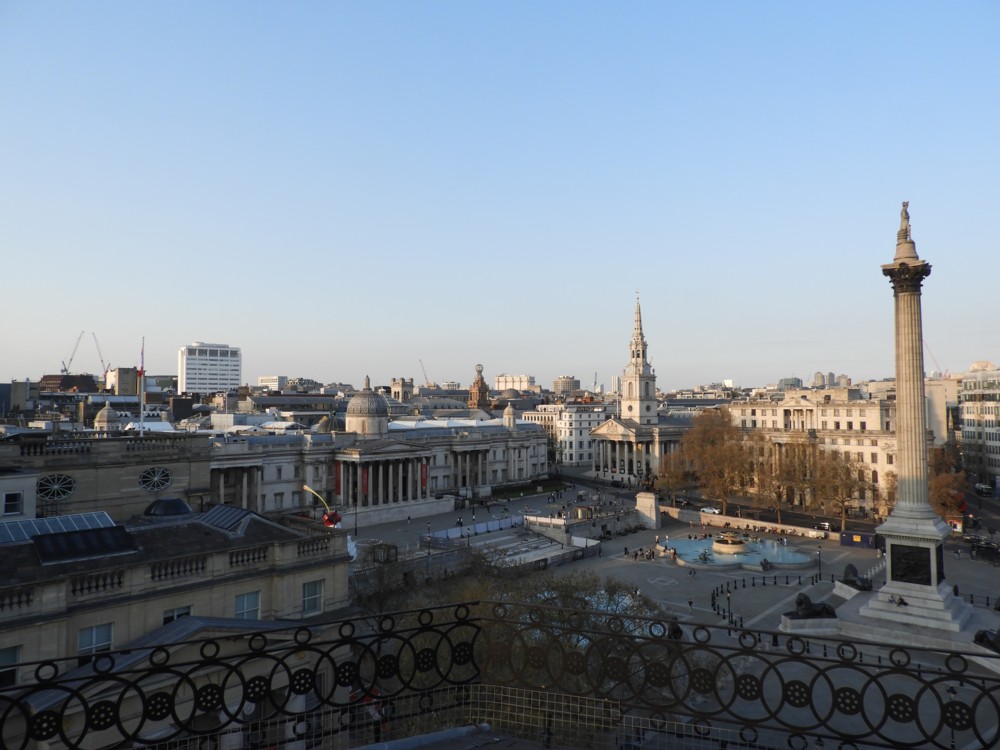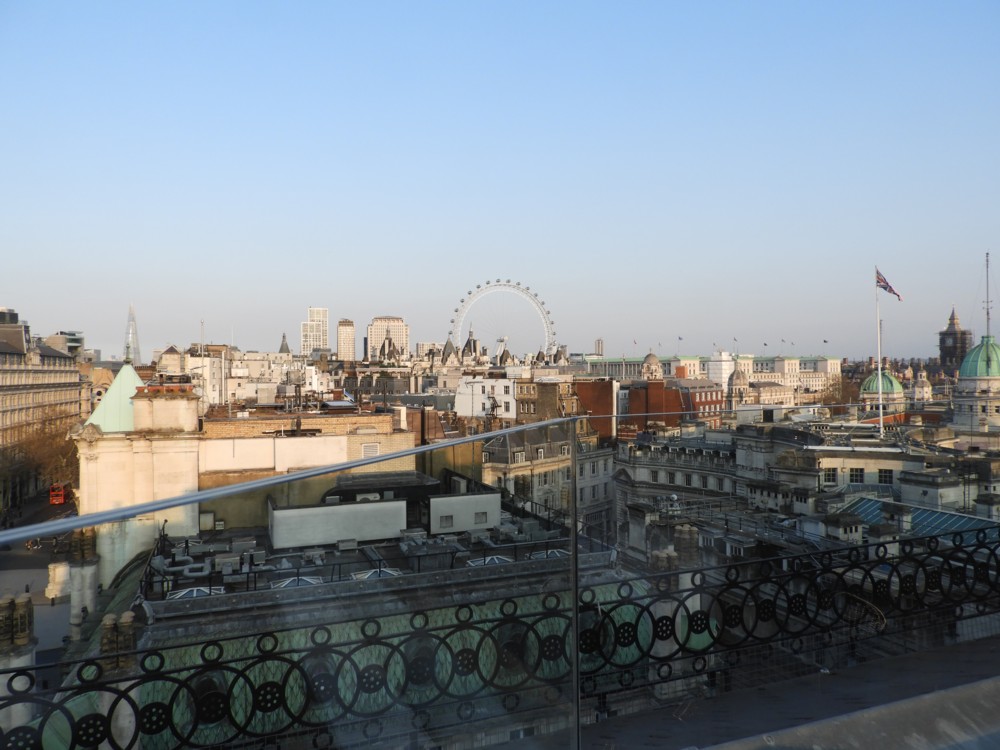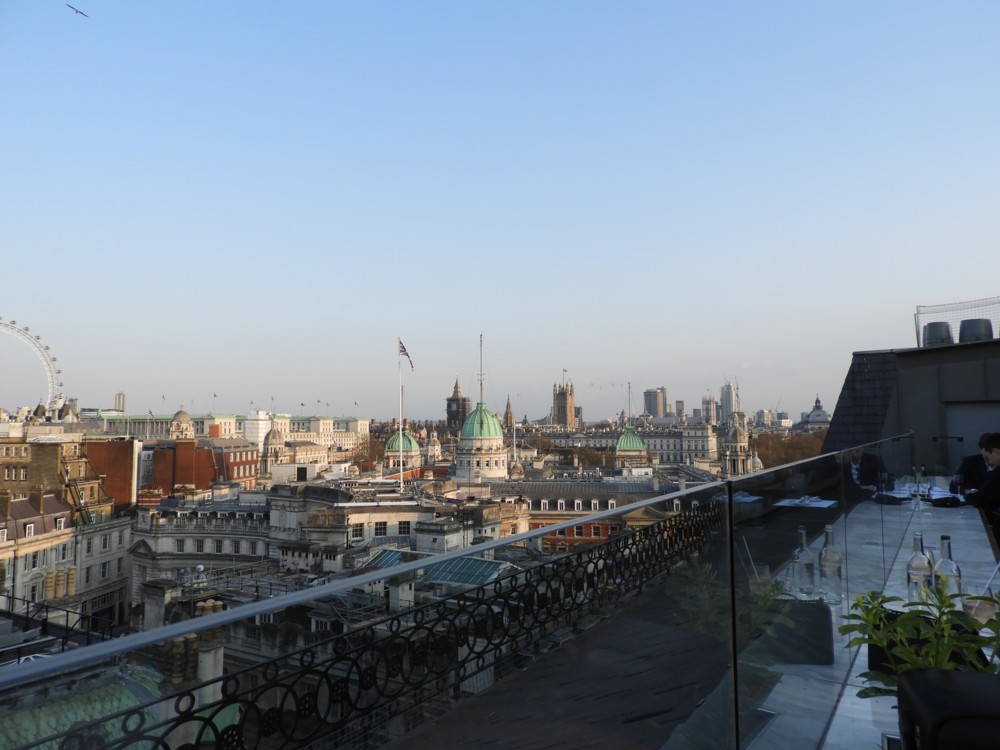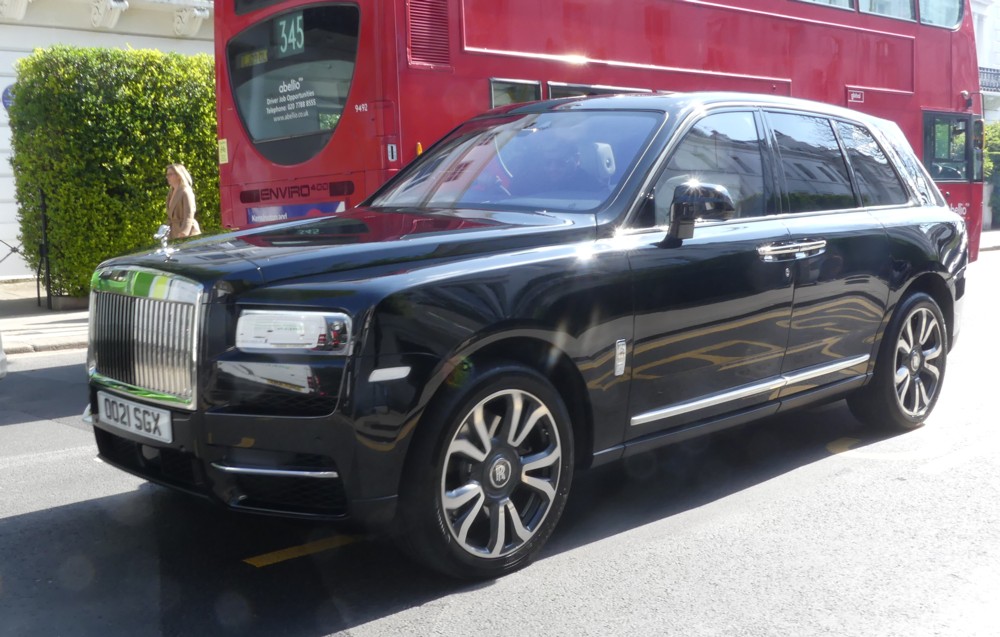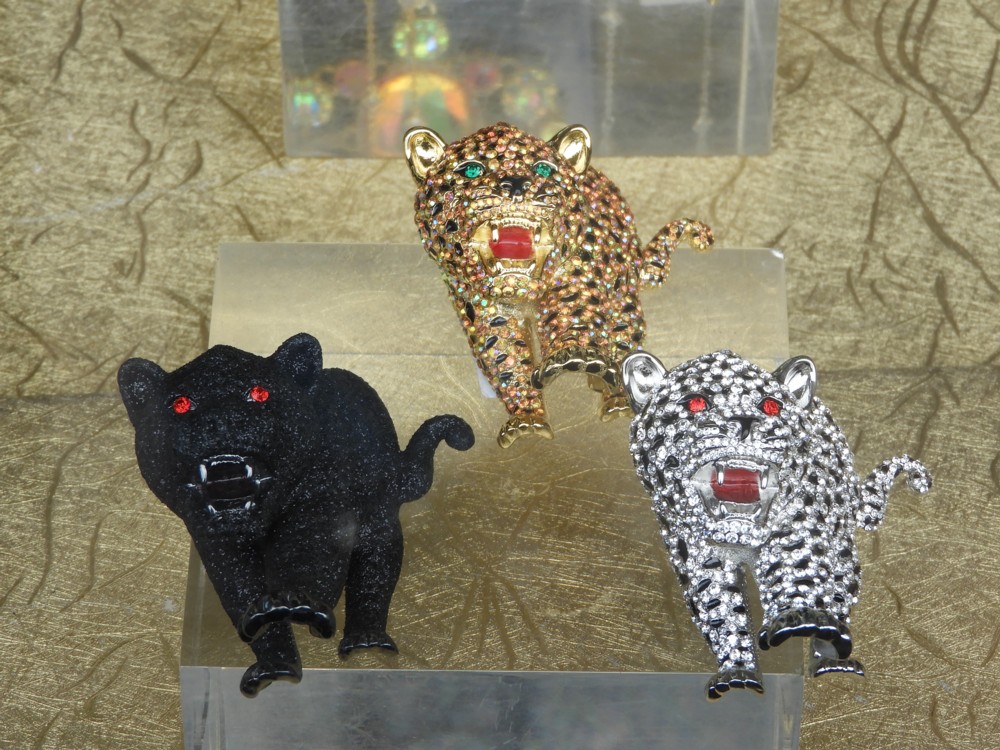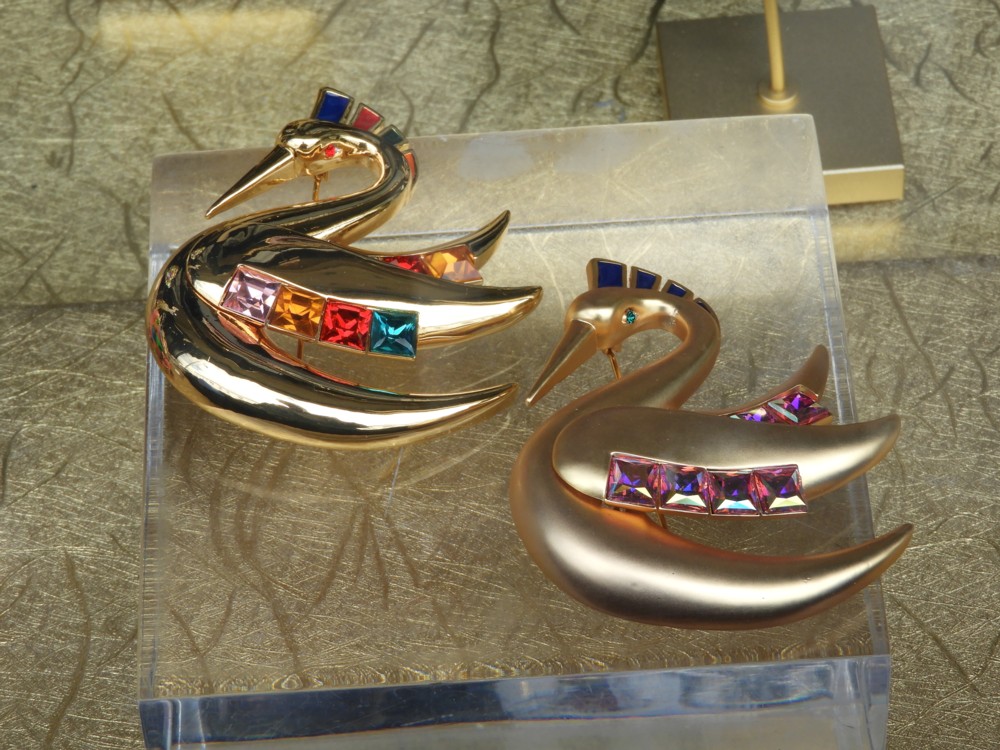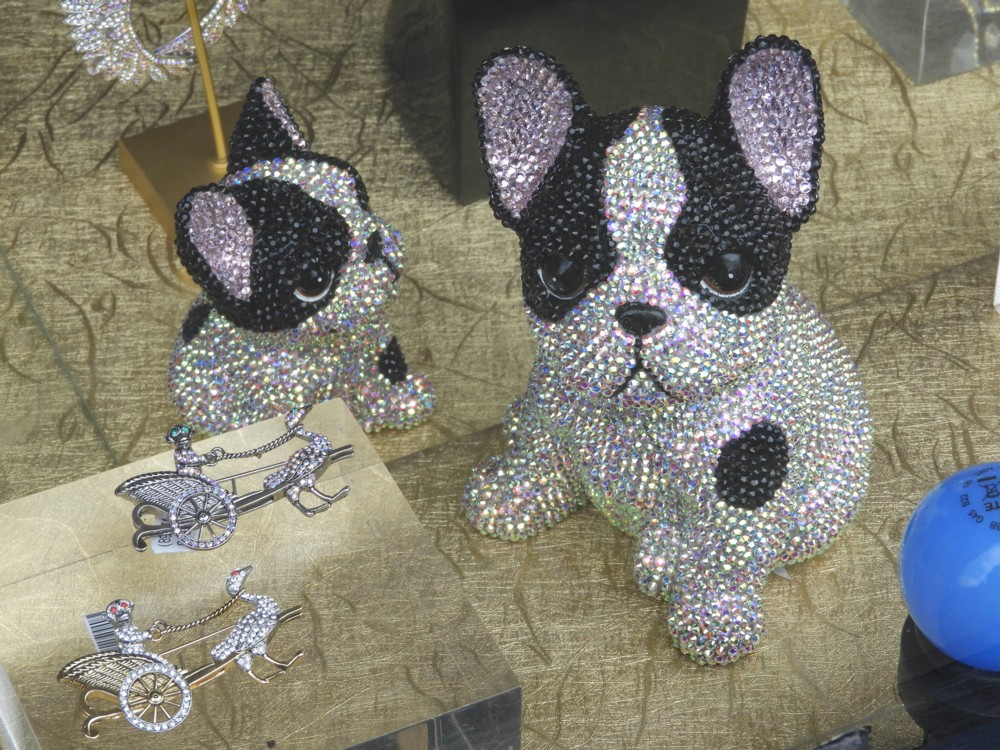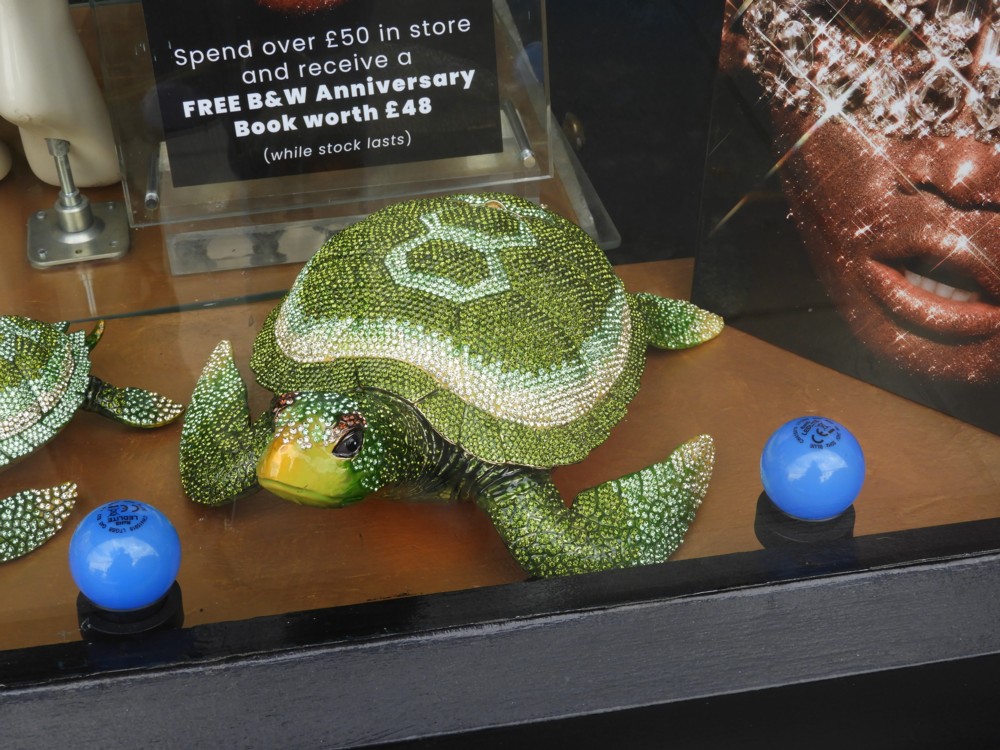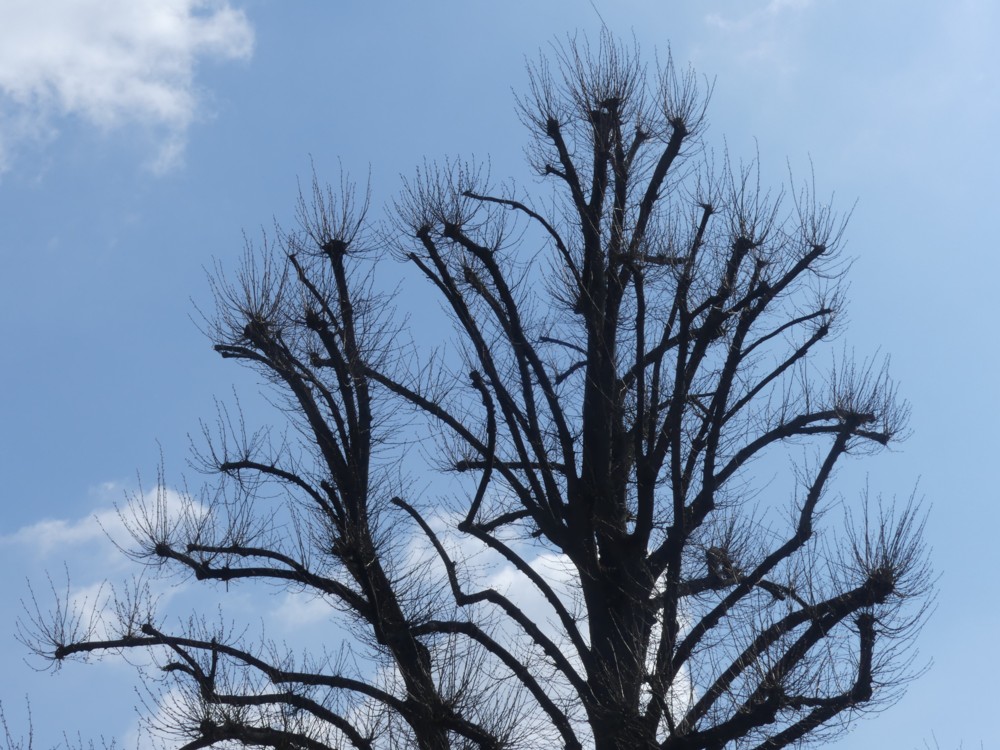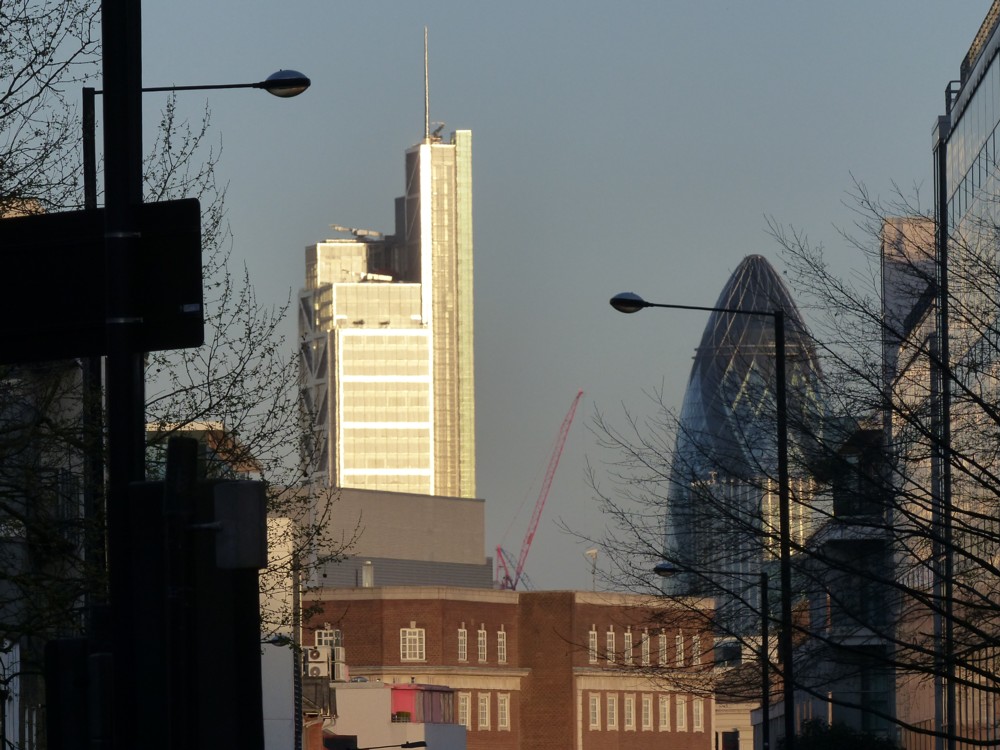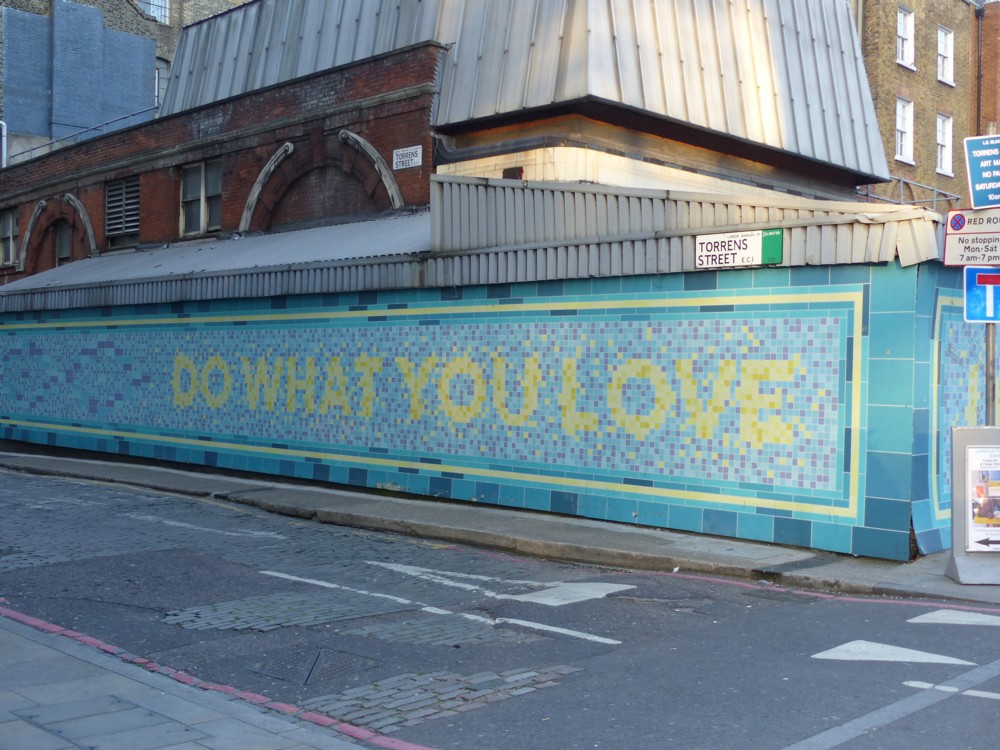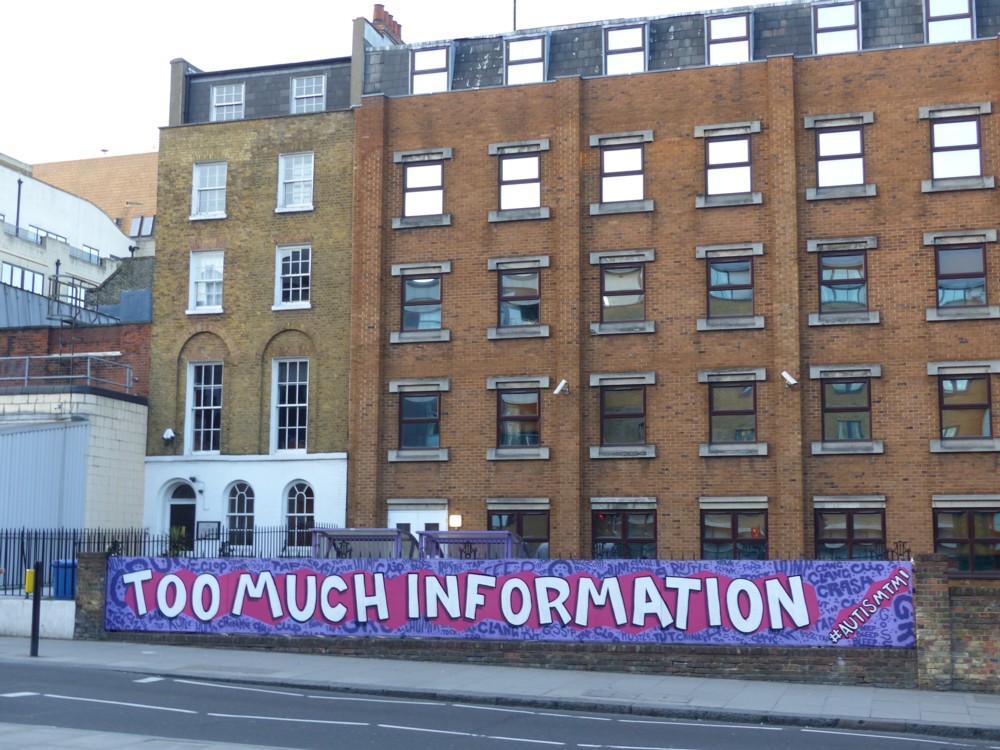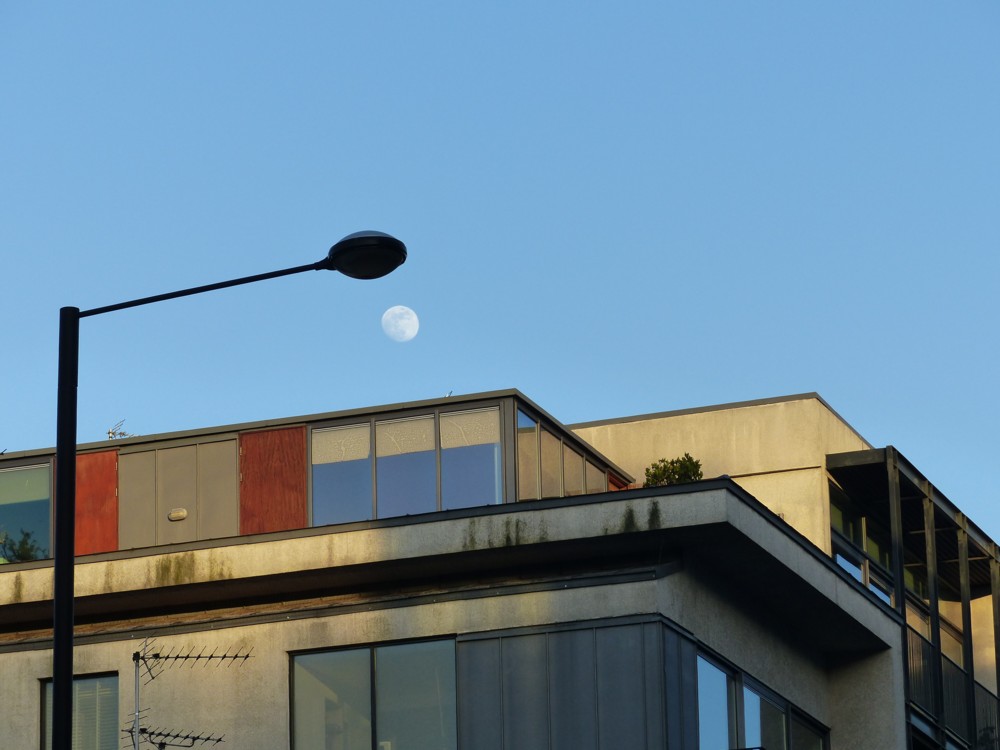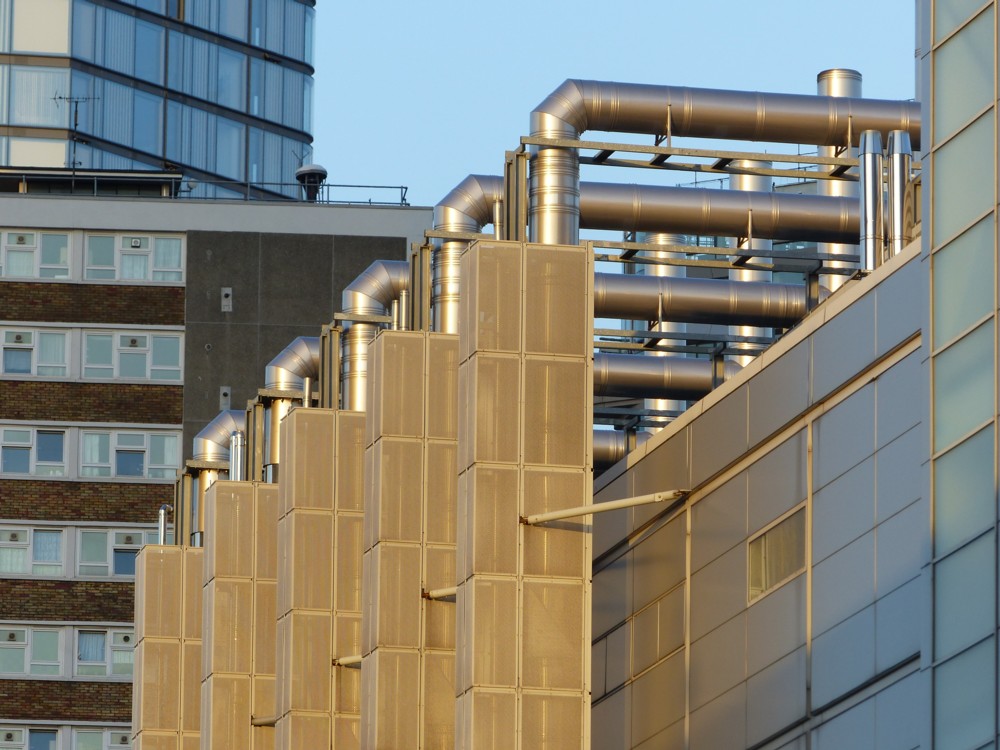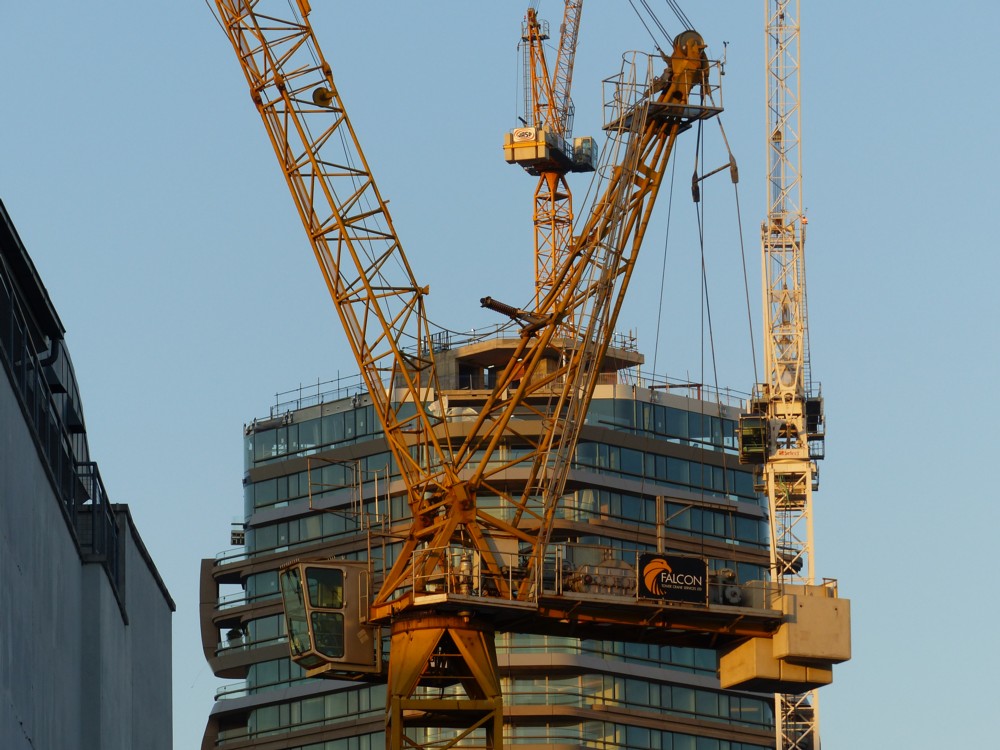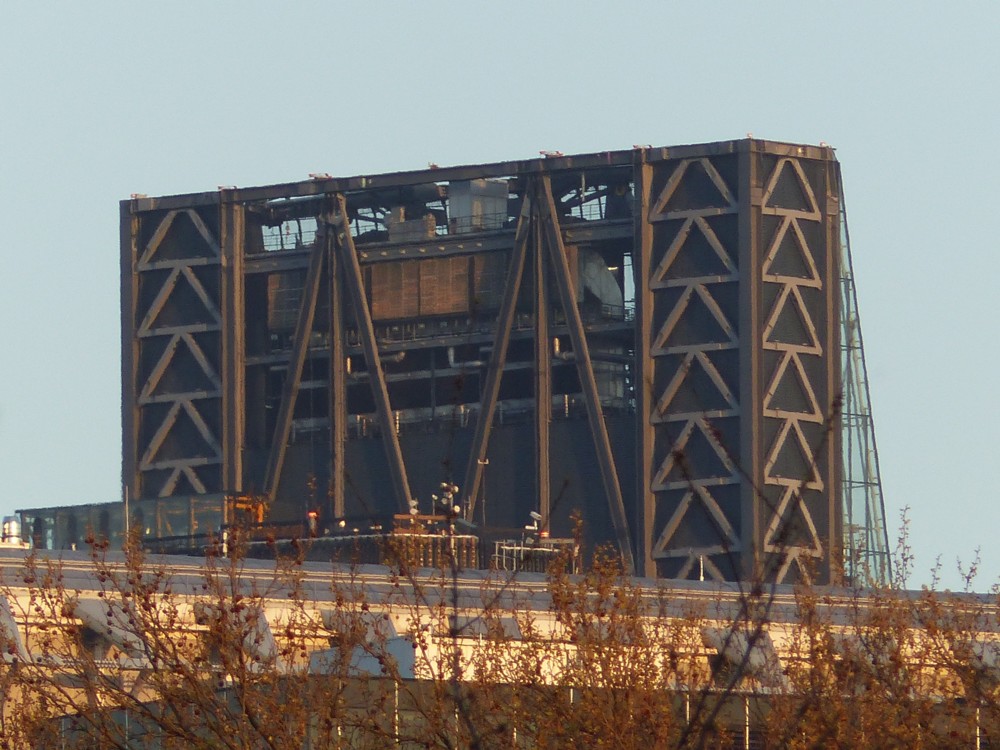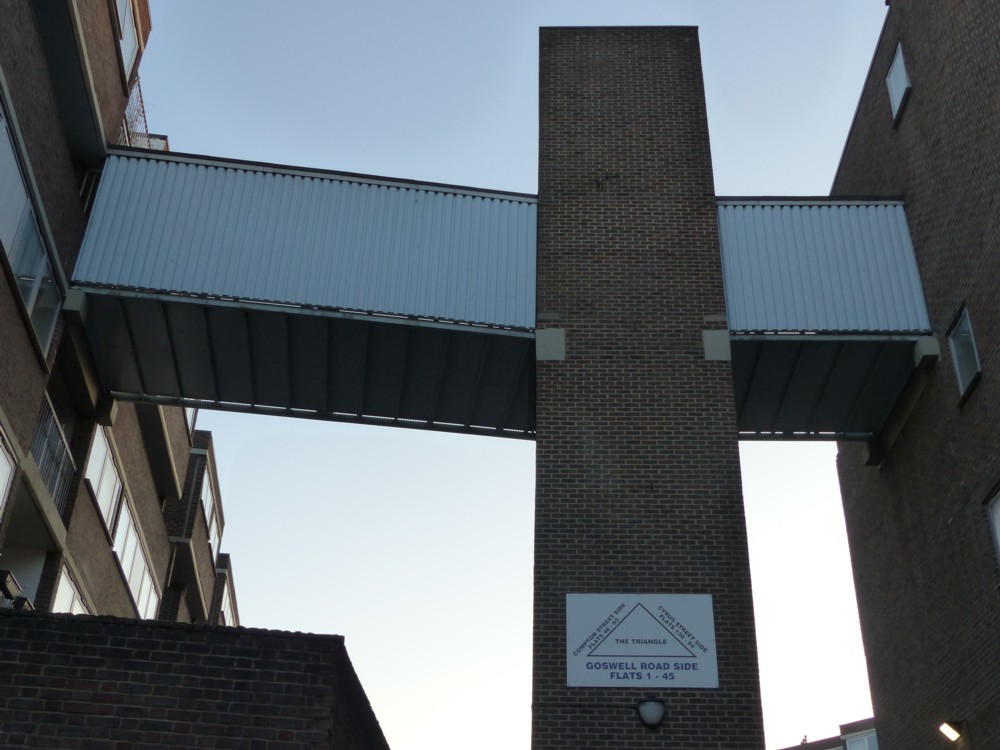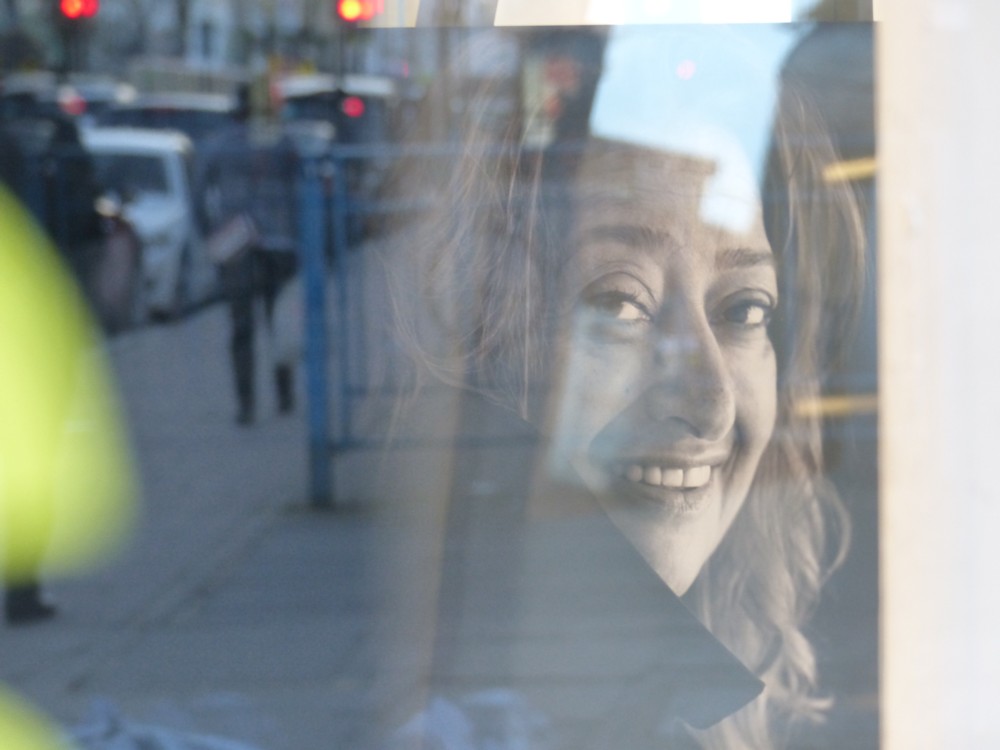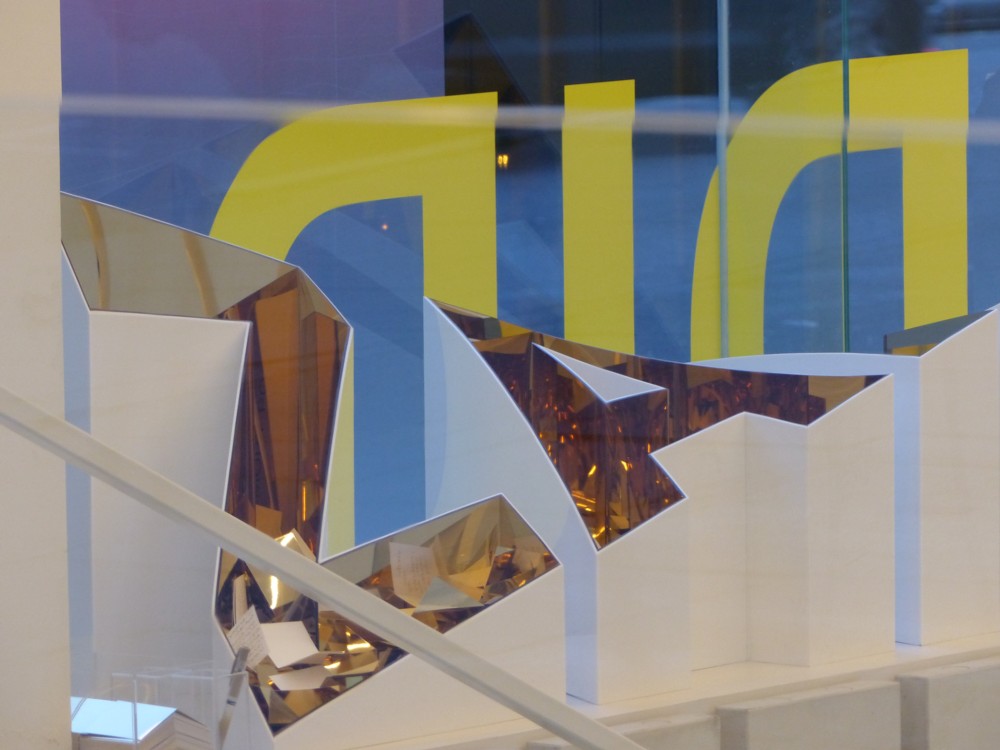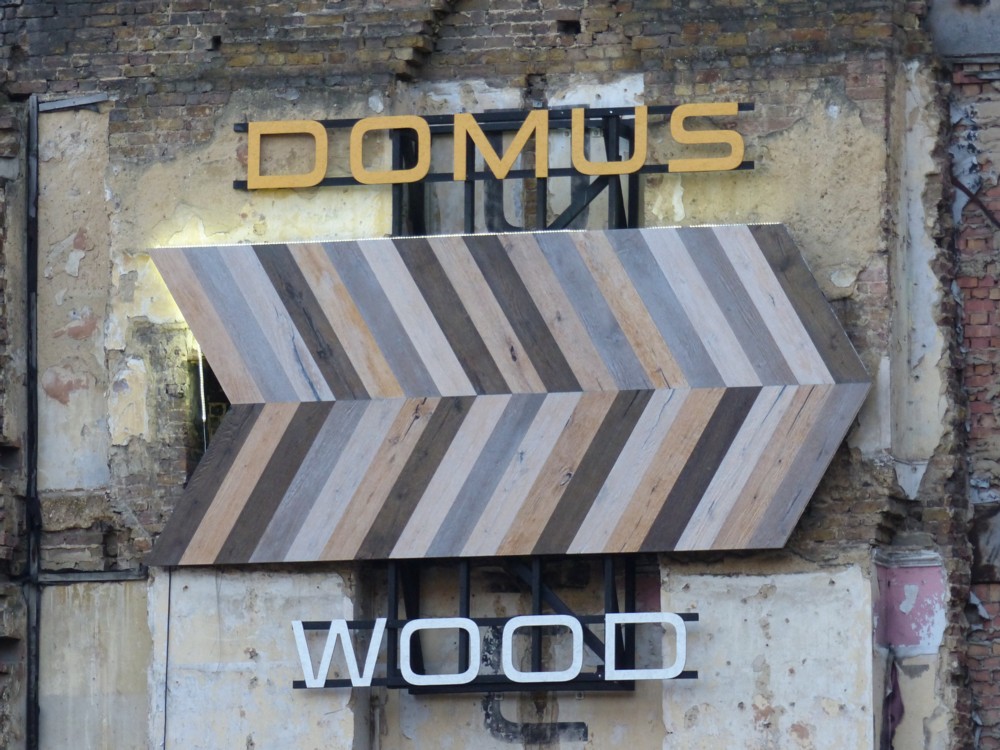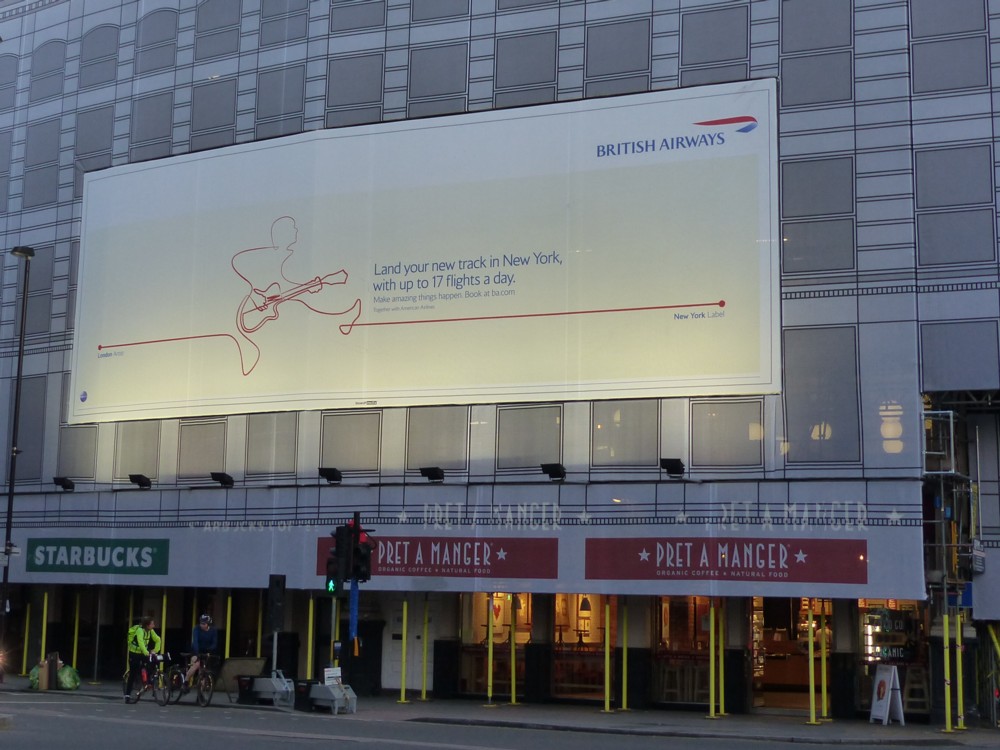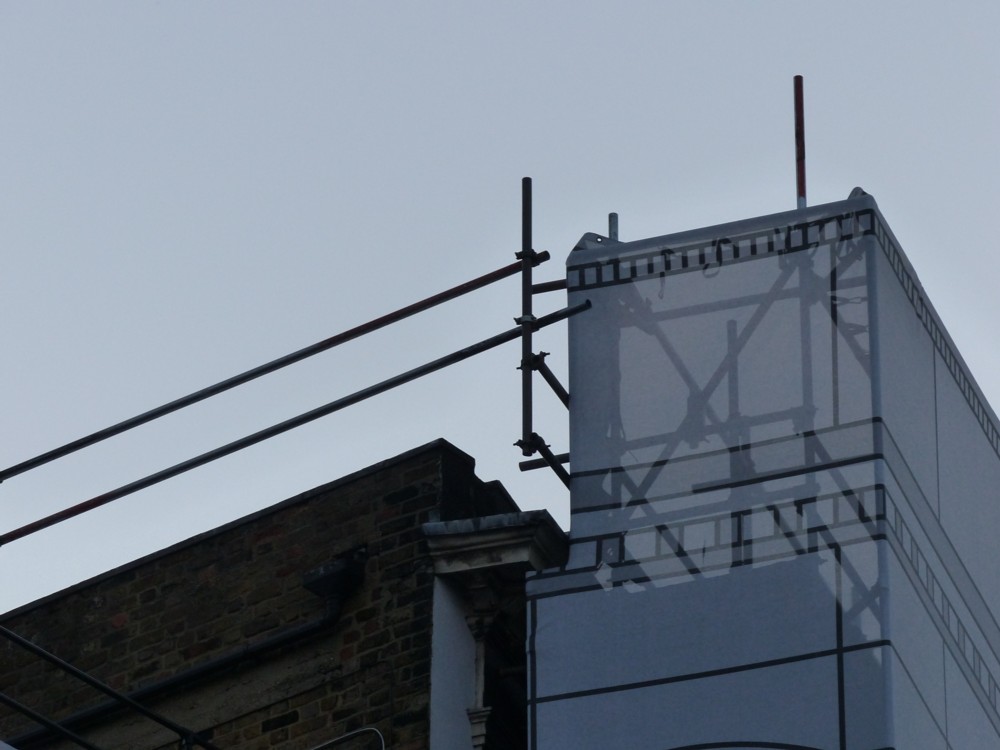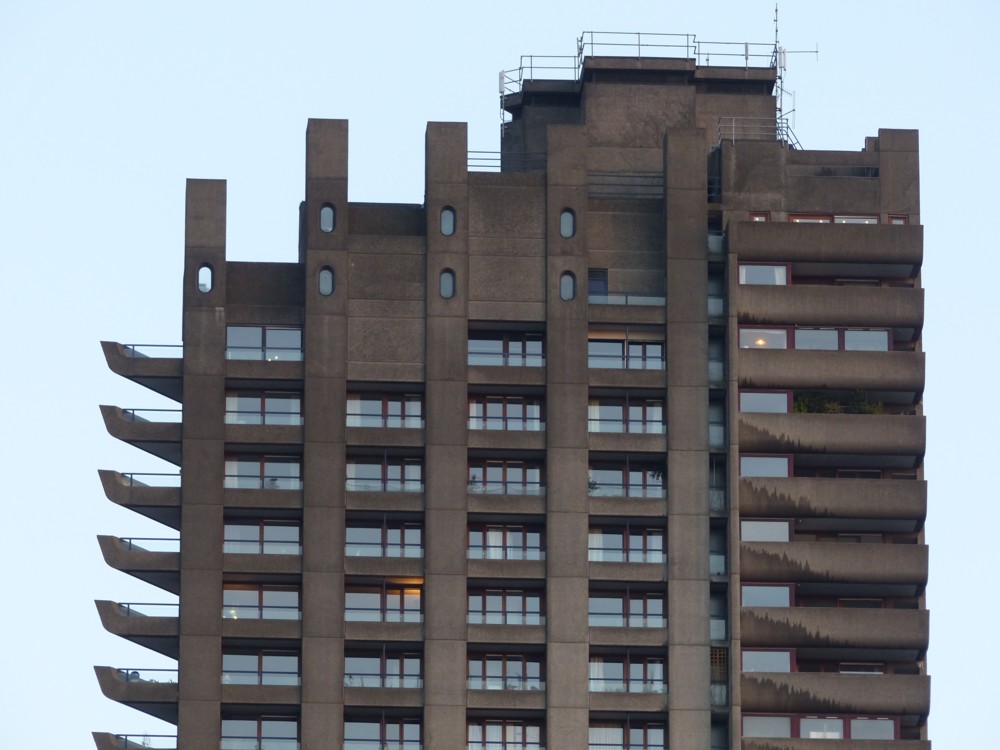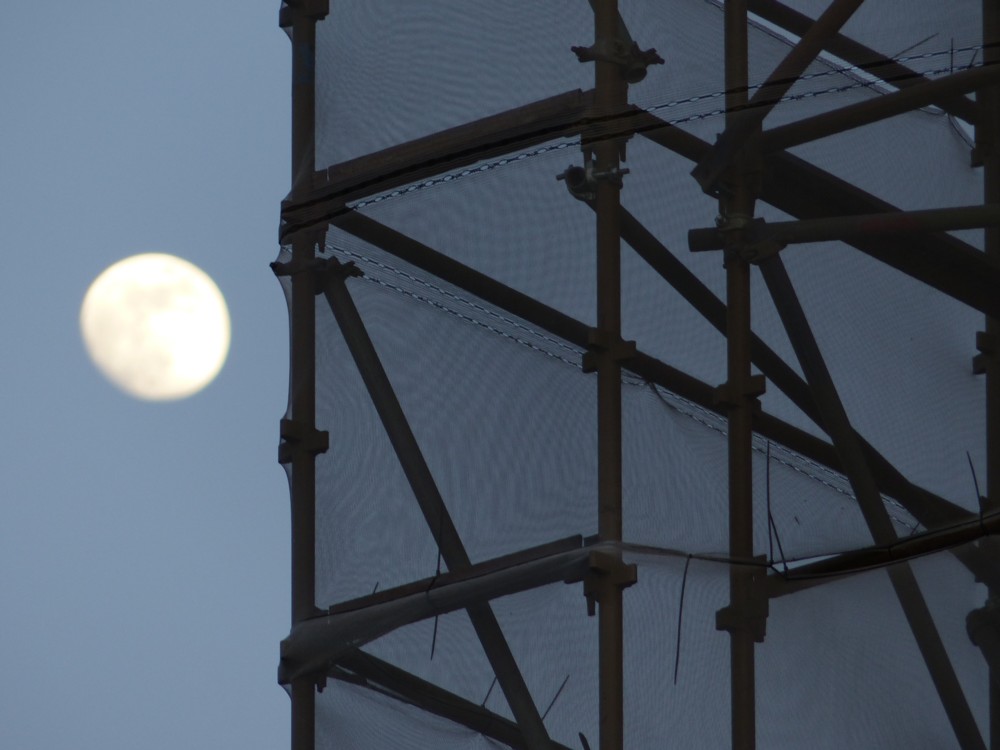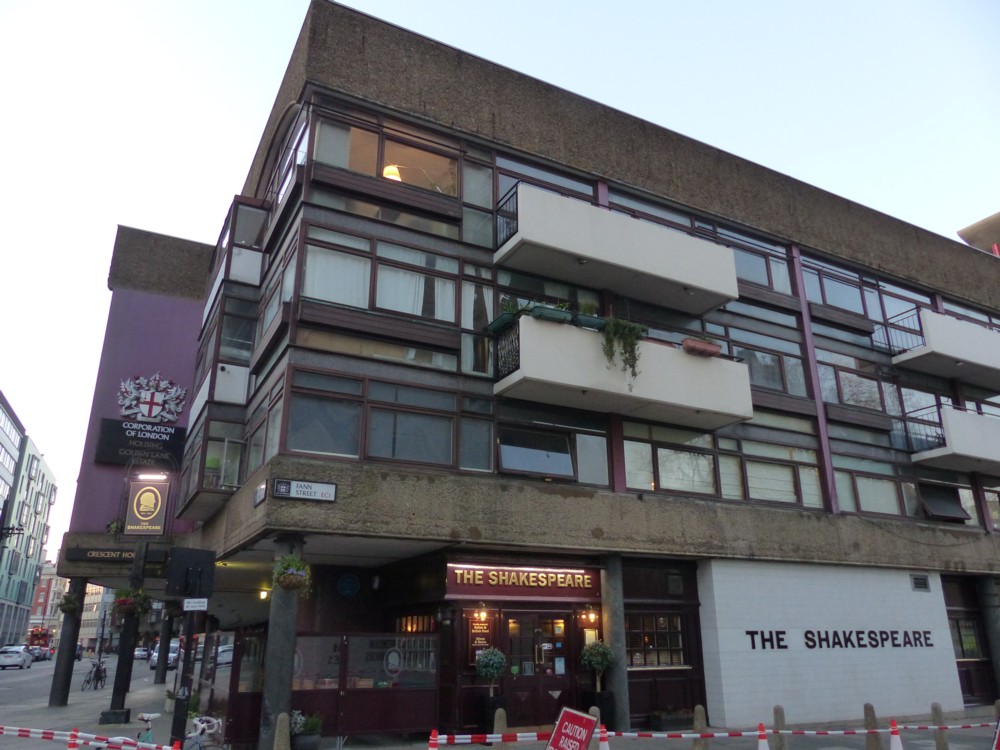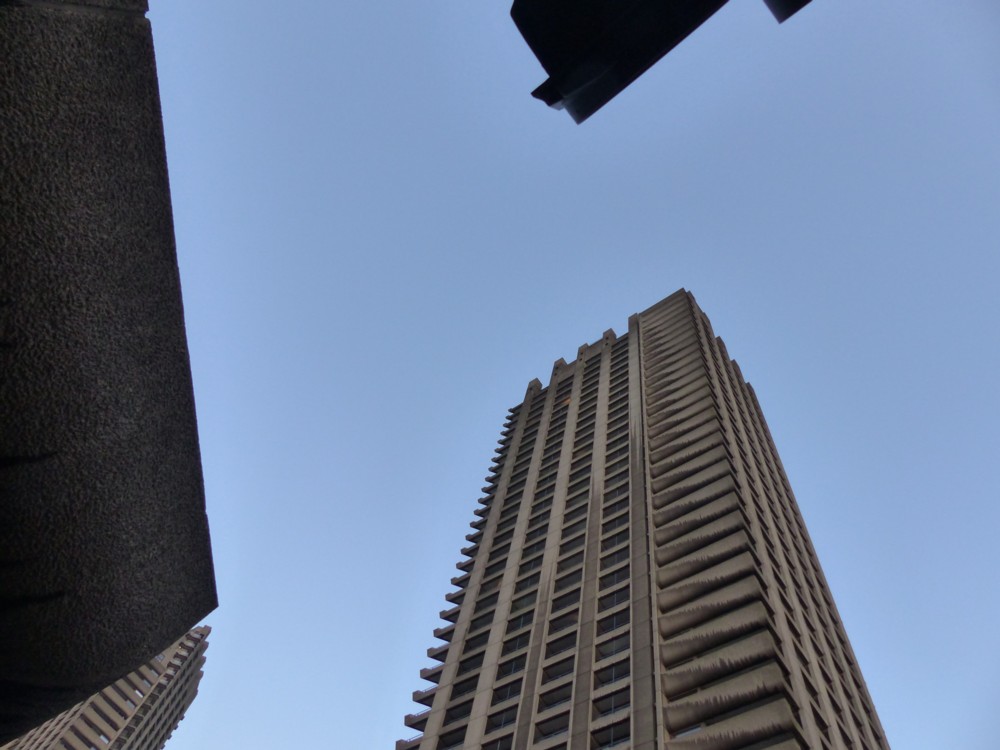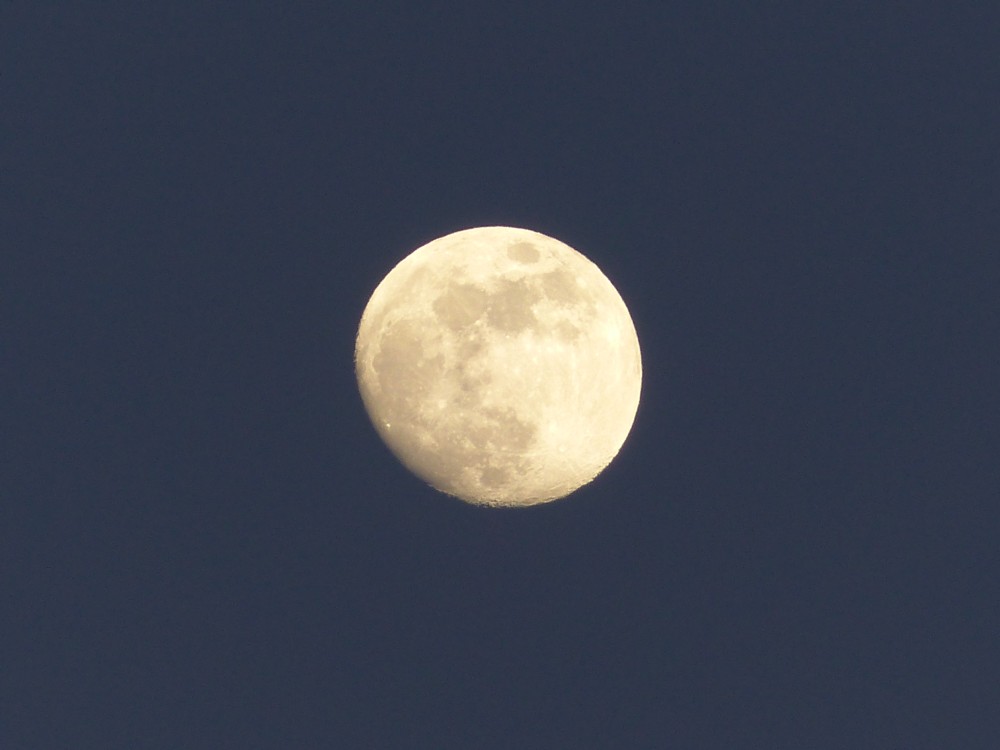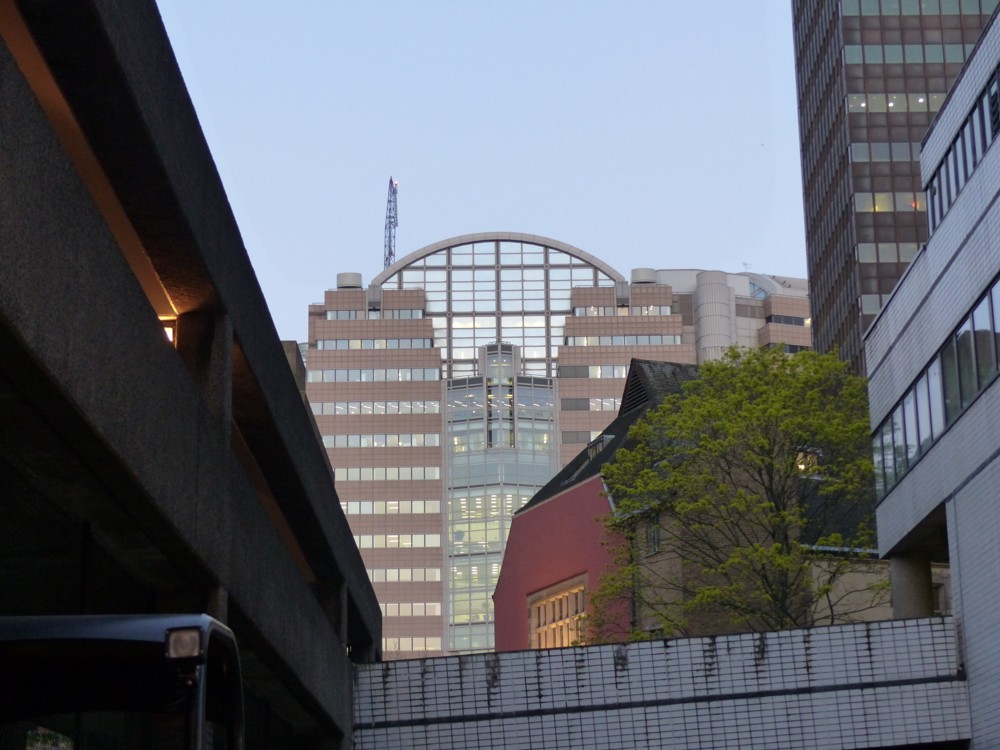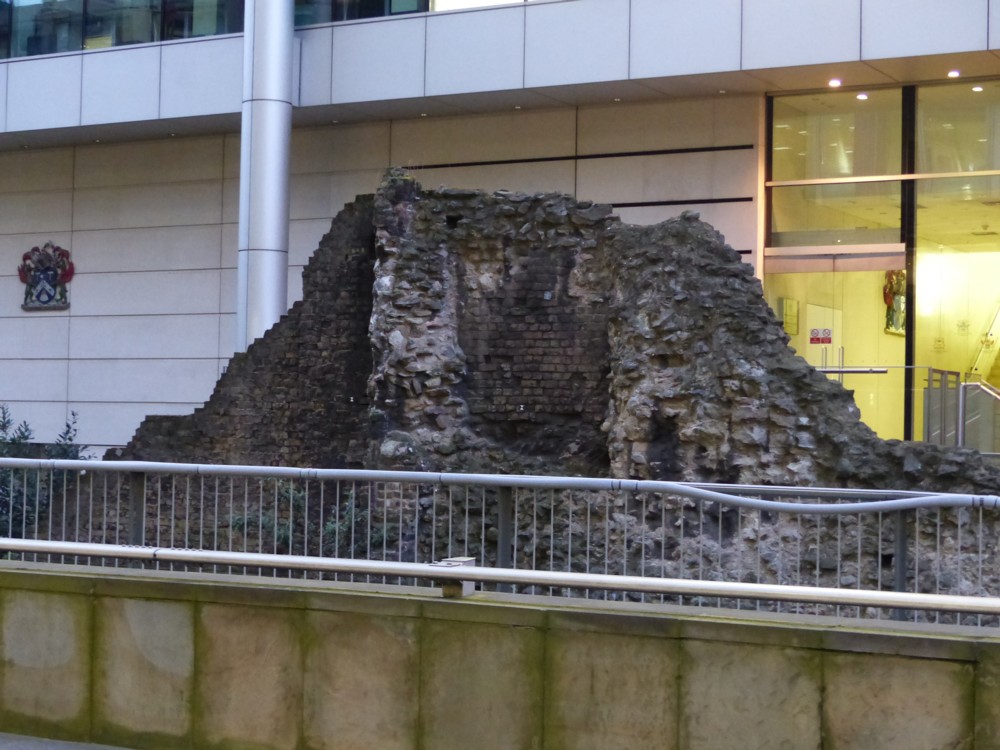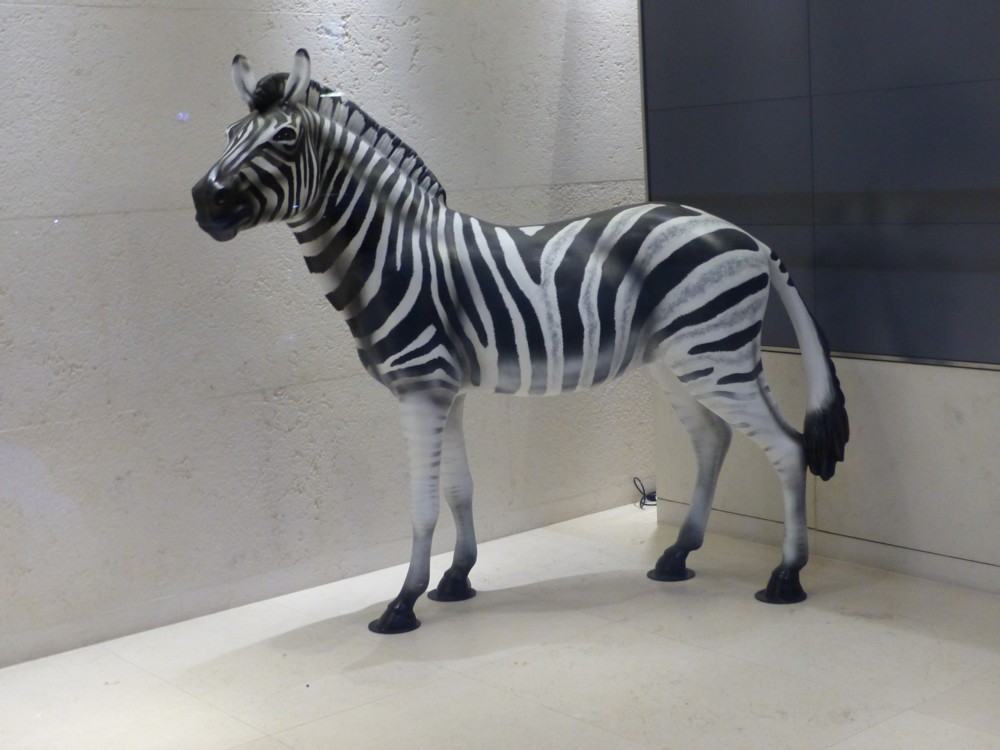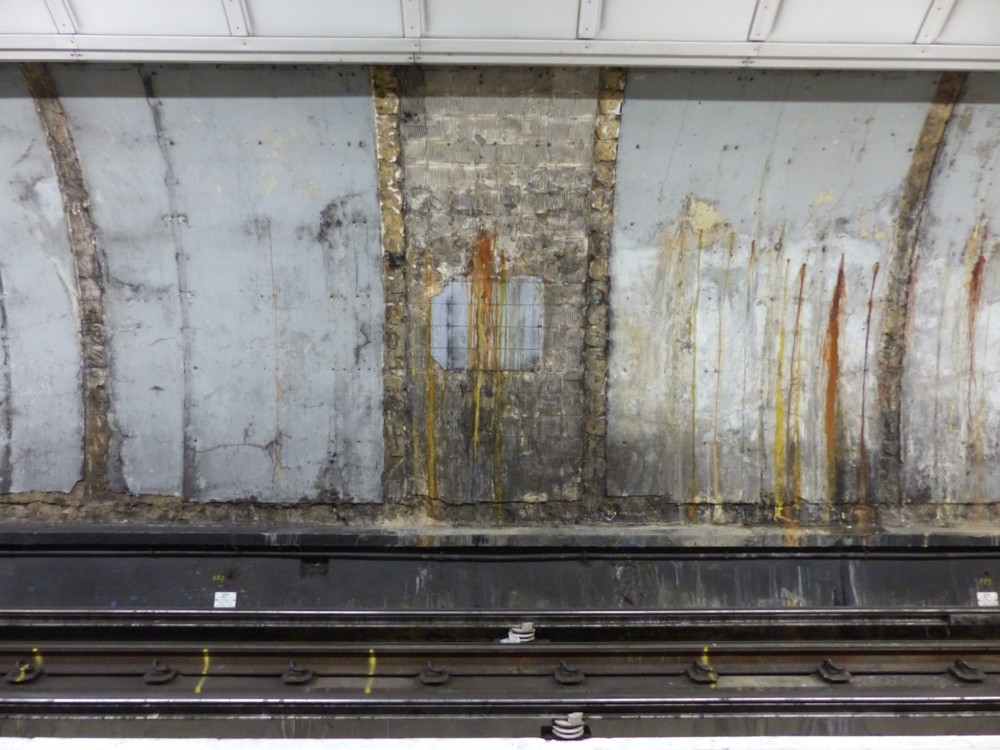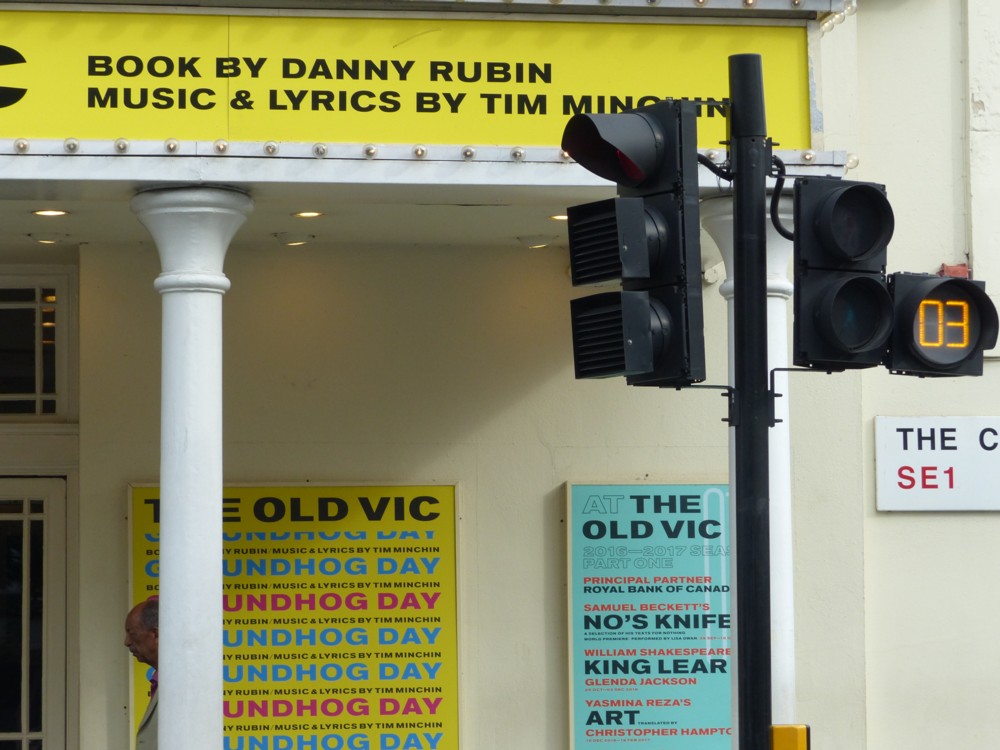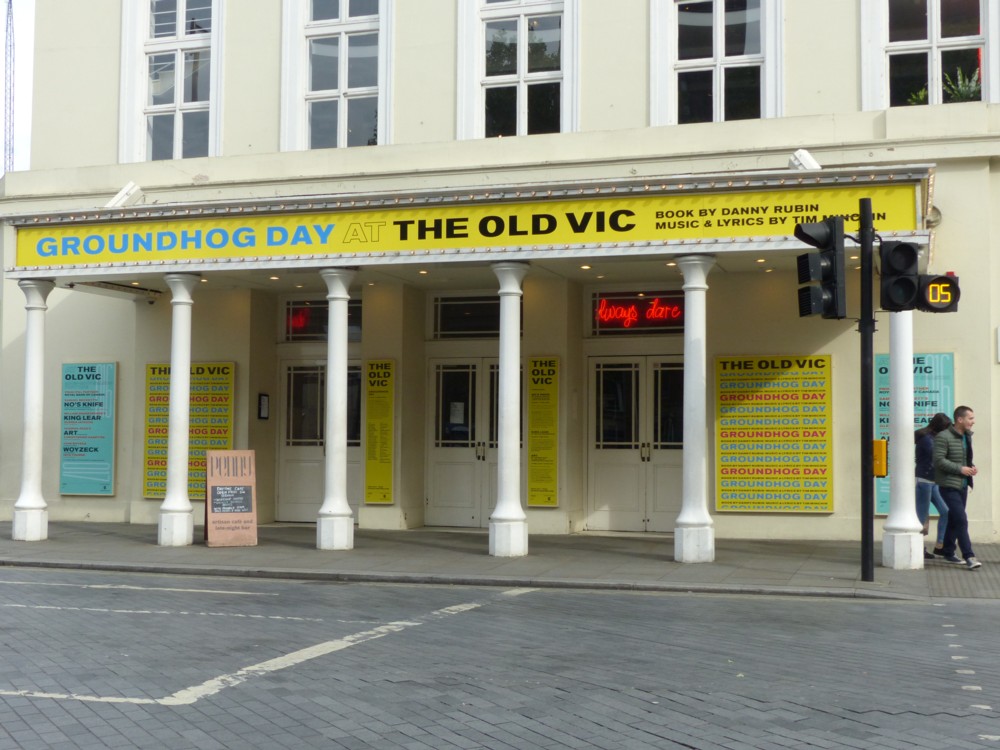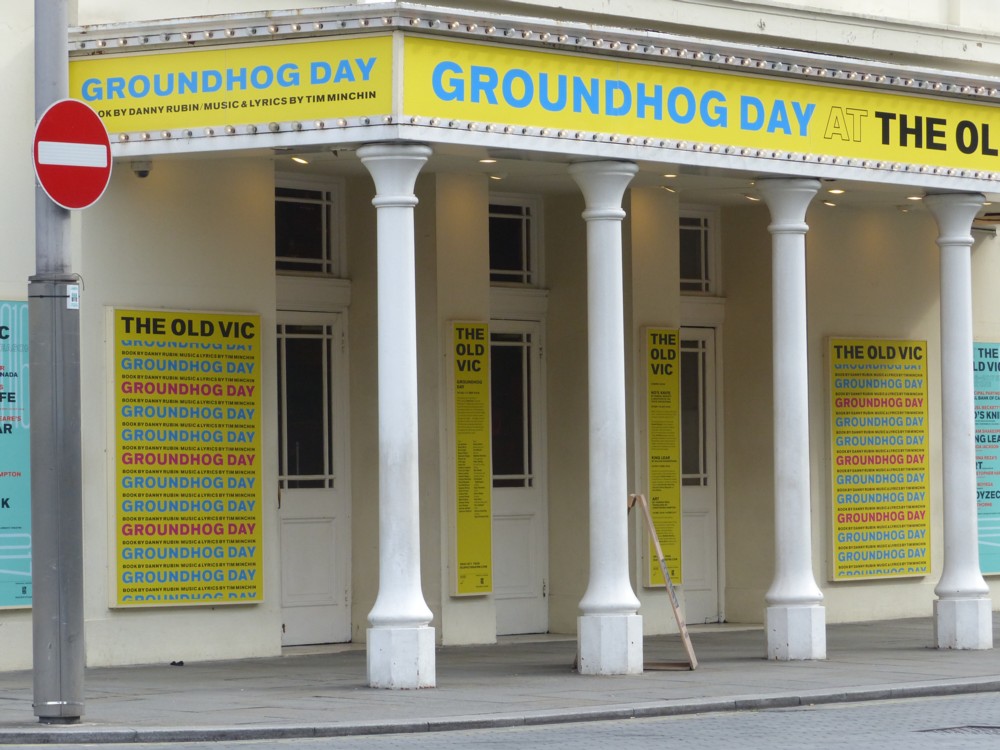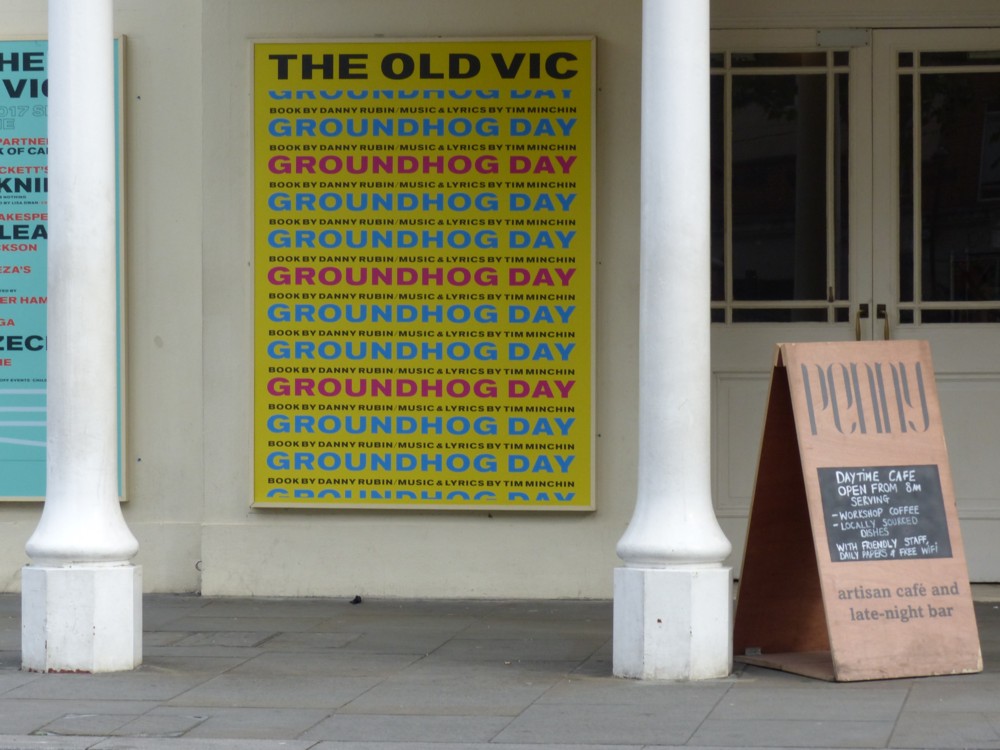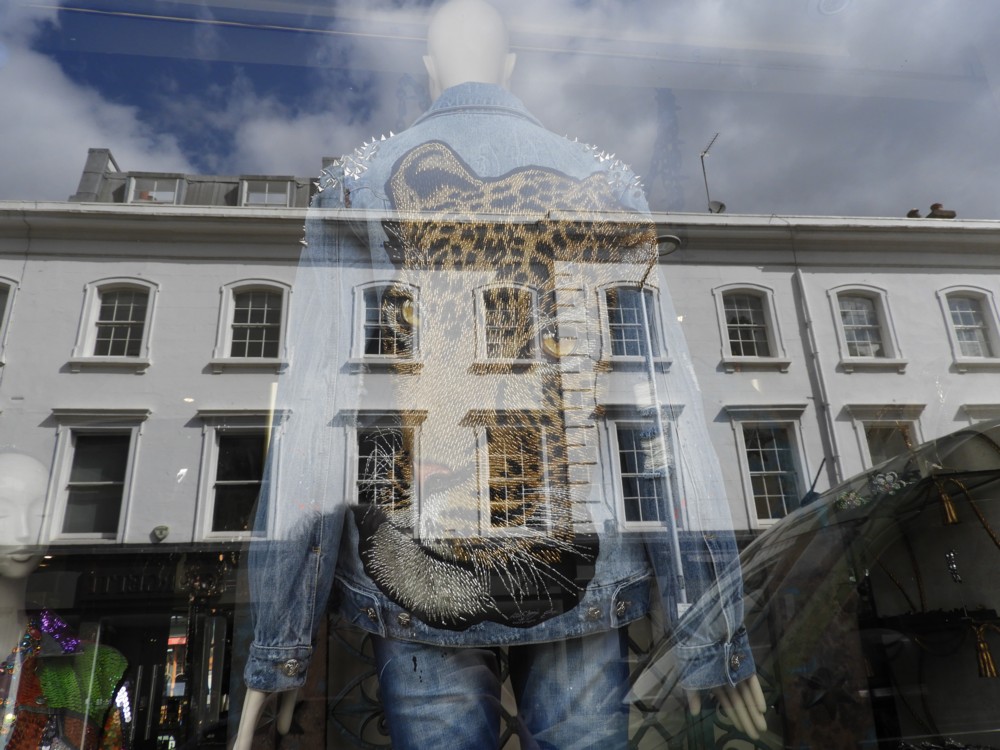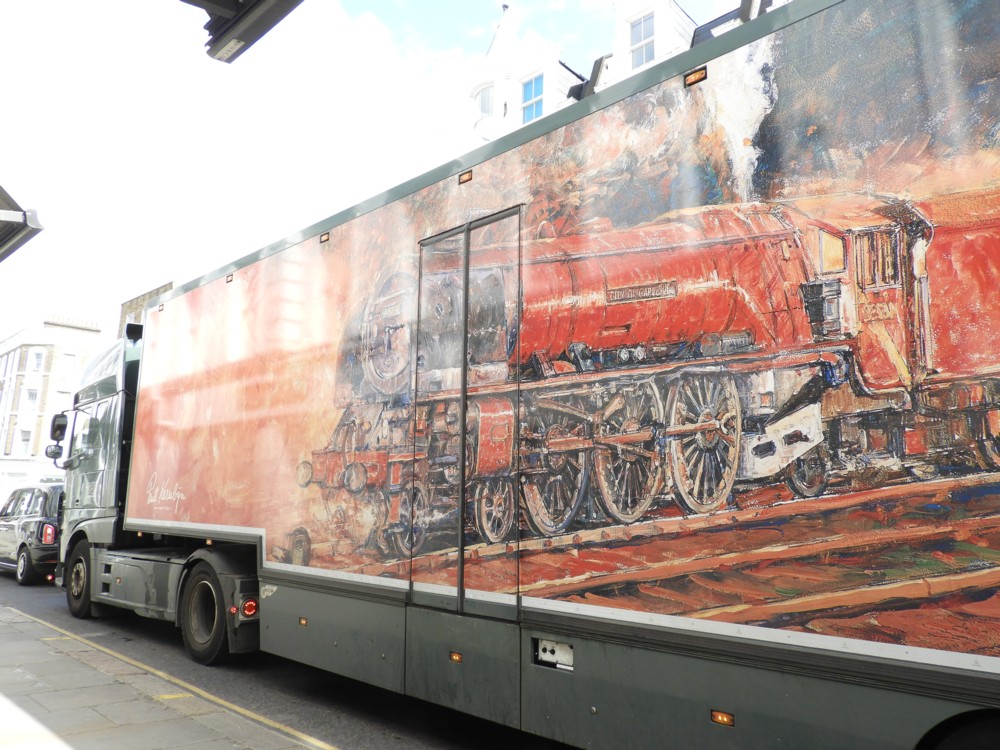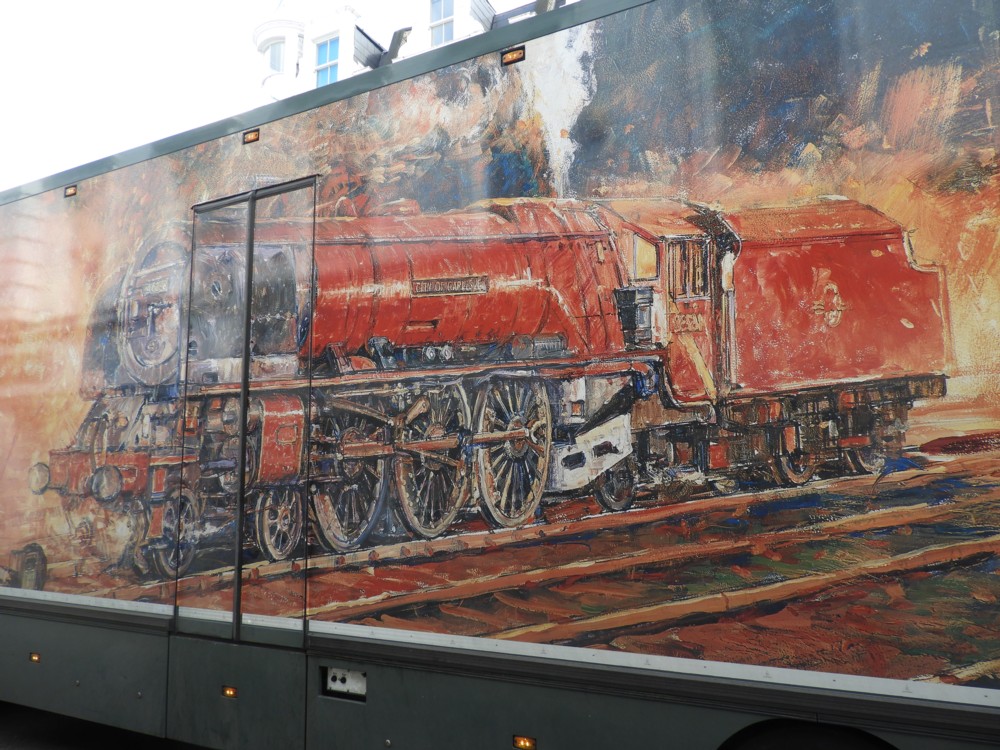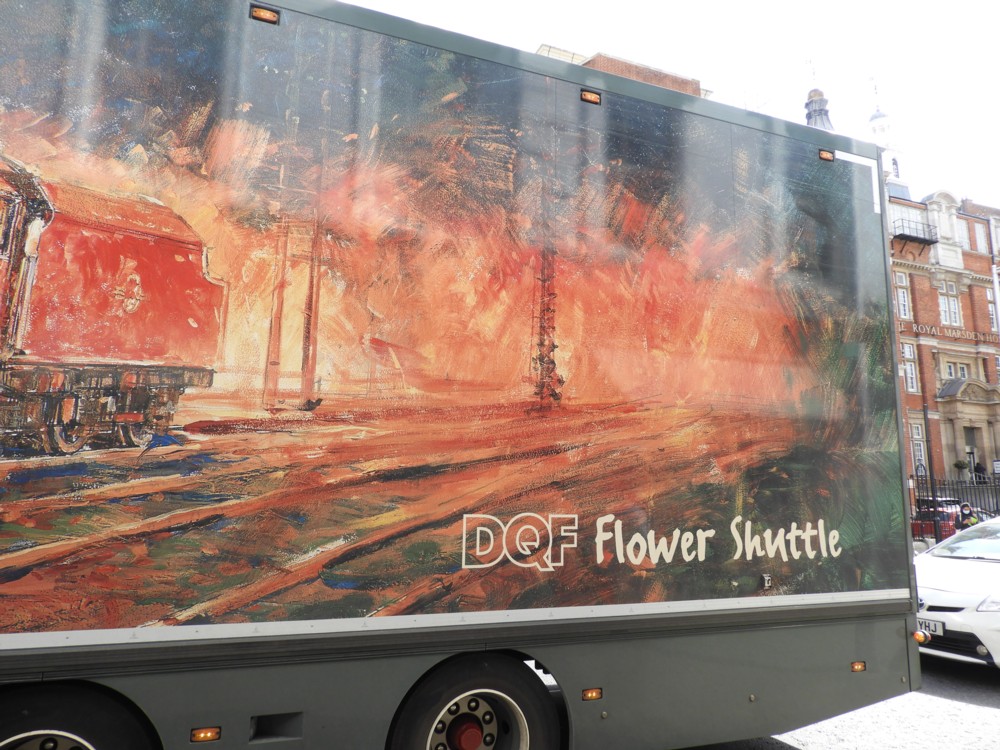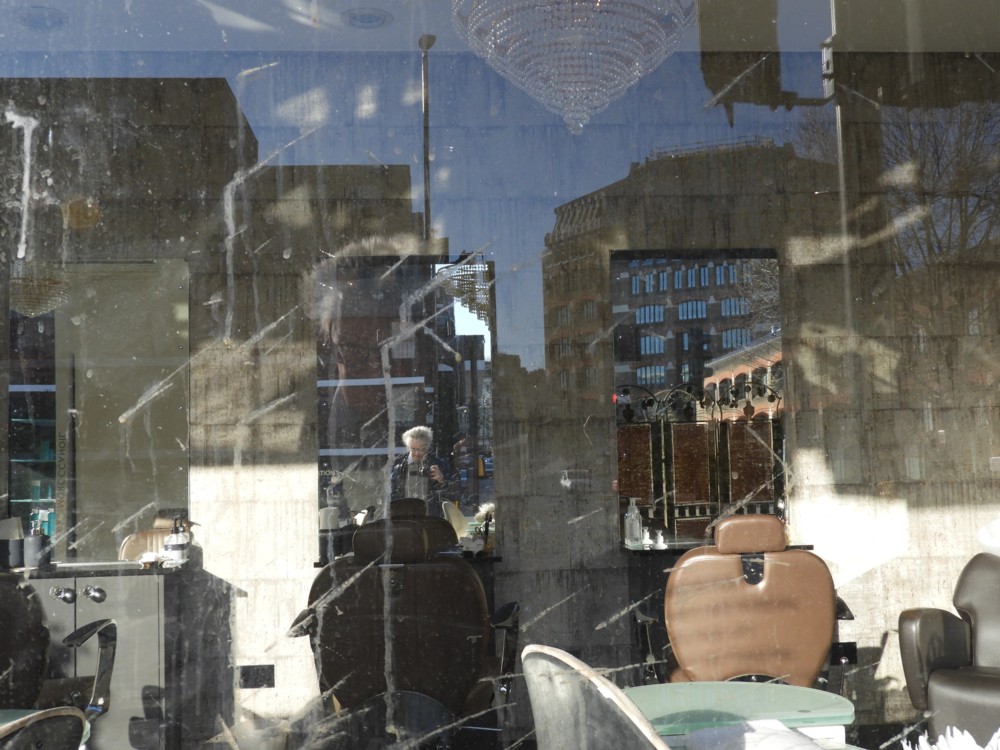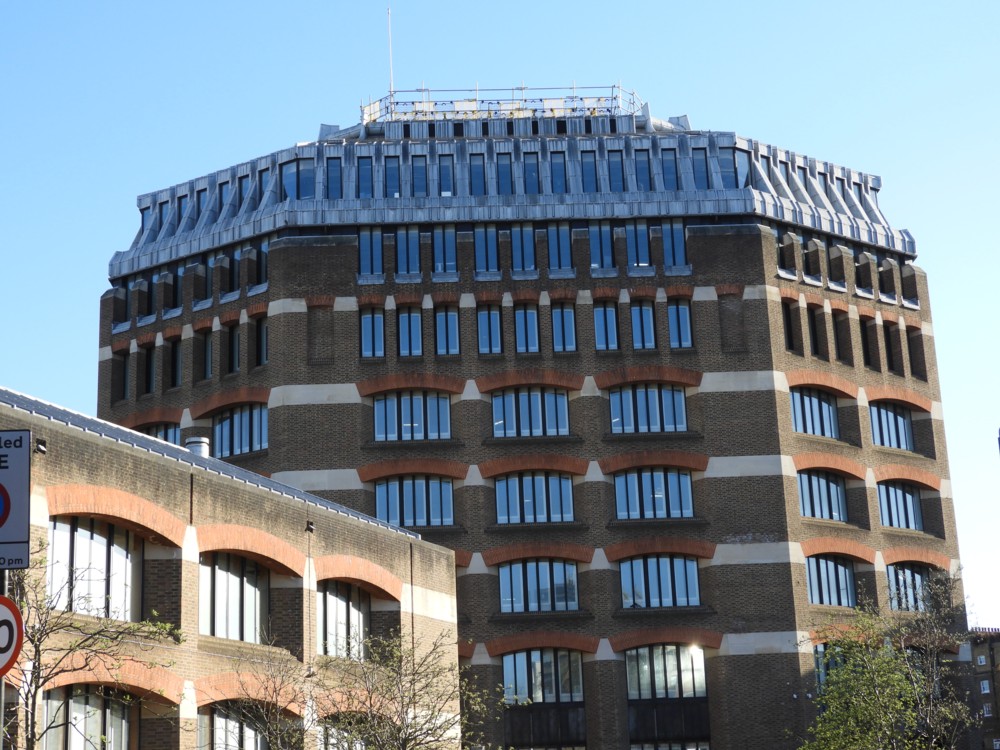On my walkabout yesterday morning, I did encounter a couple of taxis with adverts, or black cabs as they are somewhat confusingly known. The point being, they are frequently not black at all:
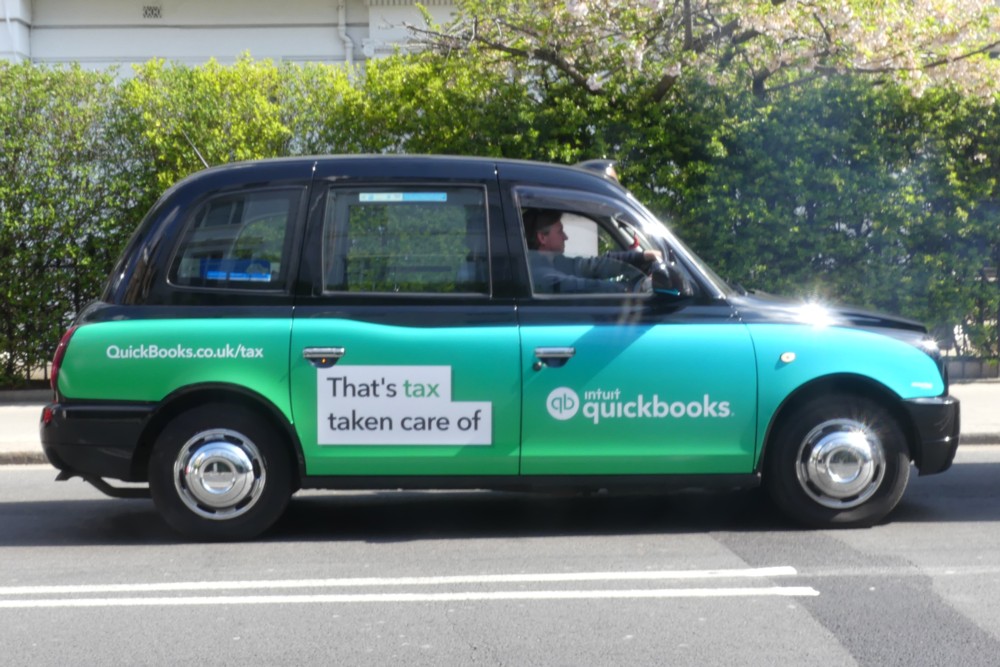
Adverts advertising a way to speed up your tax process still make a lot of sense.
As do adverts about what to do with your savings:
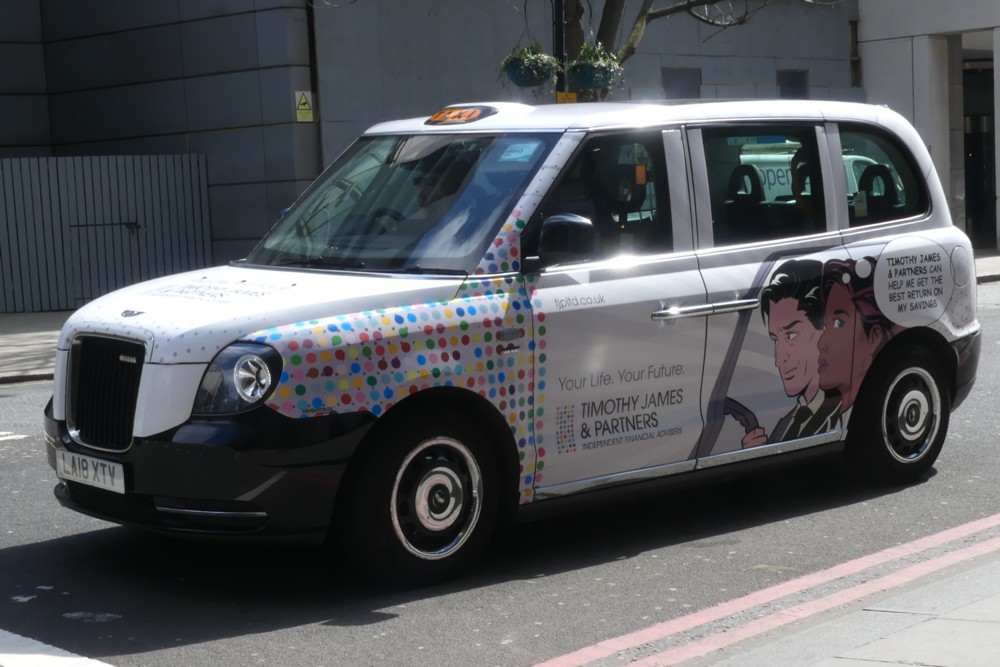
But that still leaves a lot of taxi adverts that do not now make – or have not recently been making – much sense at all, on account of so many forms of spending having been put on hold, and on account of there being far fewer people wandering around and inclined to look at such adverts and act on their instructions.
With the following result. Here is a photo I photoed moments before that taxi with the savings advert, of a line of taxis outside Victoria Station, …:
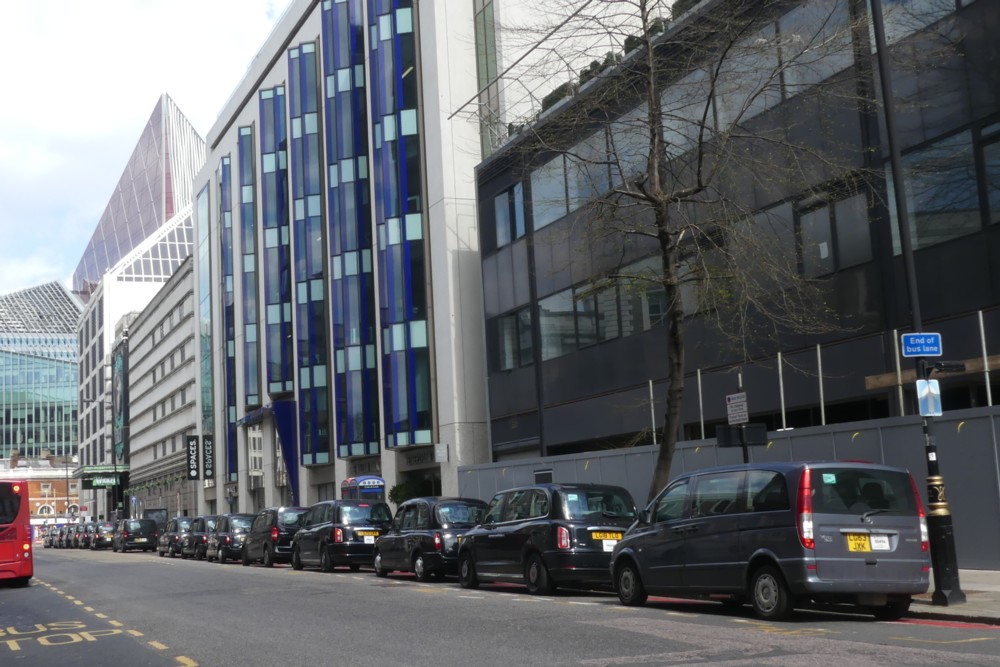
… with no adverts on any of them.
Sixteen taxis, I make it. About that number. What are the chances of that happening in normal times? Here is yet another business that has been suffering during Lockdown. When last I looked, cabbies got about a tenner a day for their adverts. So, just when a lot of them could really have used that little wage top-up, they’ve had to go without it.
These were black cabs that really were that. Apart from the dark grey one nearest to us.
This is not the first time that I have noticed the phenomenon of the truly black Lockdown black cab, but this has been my most striking such observation.
I have believed, for some time now, that Lockdown will in due course be retro-damned as a cure worse than the disease, that at the very least went on for far too long. A generation of “experts”, all gripped by the fallacy of the risk free alternative, are going to be proved as having been very inexpert indeed. What is ending Covid is herd immunity. And what does Lockdown do? Lockdown slows down the arrival of herd immunity and prolongs the agony, in a feedback loop of yet more Lockdown. Will it ever end? I’ll believe the end of Lockdown when I see it and when the idea of re-imposing Lockdown is no longer talked about. Such are my prejudices just now.
Also, too many people now like it.
I wonder if I’ll want to saying I Told You So in a year’s time. We shall see.

